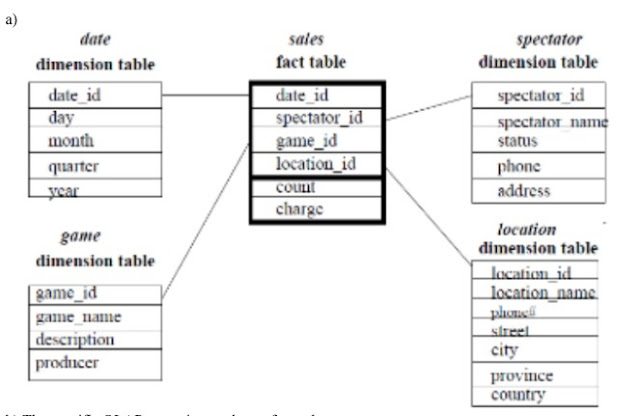Discuss human infrastructural preparedness for E-readiness.
Human Infrastructural Preparedness
- Human resource development by training is an essential requirement that comes from well-trained manpower both technical and non-technical.
- The technical manpower resources are essential for all the phases of e-governance and related information system life cycle comprising systems analysis, design, programming, implementation, operation, and documentation.
- Both private and government institutions should play a major role in this regard.
- Apart from technical human infrastructure, there is a need for the crucial training and orientation of user personnel i.e. government staff in e-governance projects.
- The government employees and staff who are the stakeholders in all e-government projects as the end-users are to be appropriately trained and oriented for change management from a manual government environment to an e-governance environment.
- Such training will make them competent and capable of handling e-governance projects at the operational level.
OR,
Human Infrastructural Preparedness
An institution's infrastructure provides training facilities in addition to other resources. Human resource development by training is an essential requirement, Human infrastructural preparedness comes from well-trained manpower, both technical and non-technical. The technical manpower resources are essential for all the phases of e-governance and related information system life cycle comprising systems analysis, system design, programming, implementation, operationalization, and documentation. The national public IT infrastructural institutions such as National Informatics Centre for e-governance provide manpower for all such activities. Besides, private corporations also play a major role in this regard in many e-governance activities. In addition to the requisite technical human infrastructure for software development. and implementation of e-government projects, there is a need for the crucial training and orientation of user personnel, i.e. government staff who are the stakeholders in all e-government projects
As the end-users and operational users of such projects are required to be appropriately trained and oriented for change management from a manual government environment to an e-governance environment. Only after such training will they be competent and capable of handling such e-governance projects and operational environments. They also play a crucial role in various phases of the e-governance information system life cycle in the phase of systems analysis and operational phase.



Comments
Post a Comment